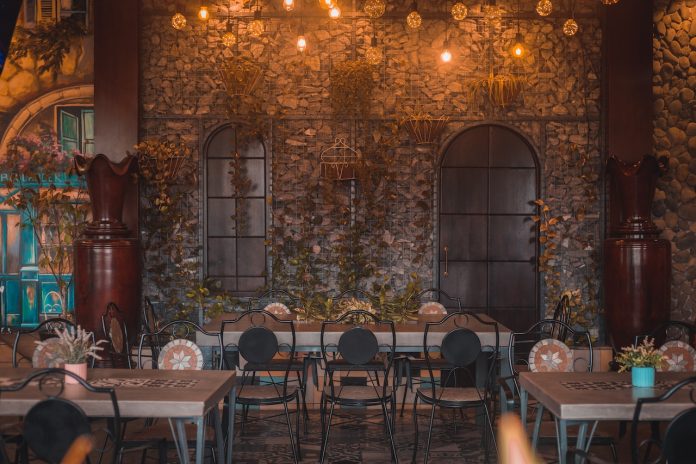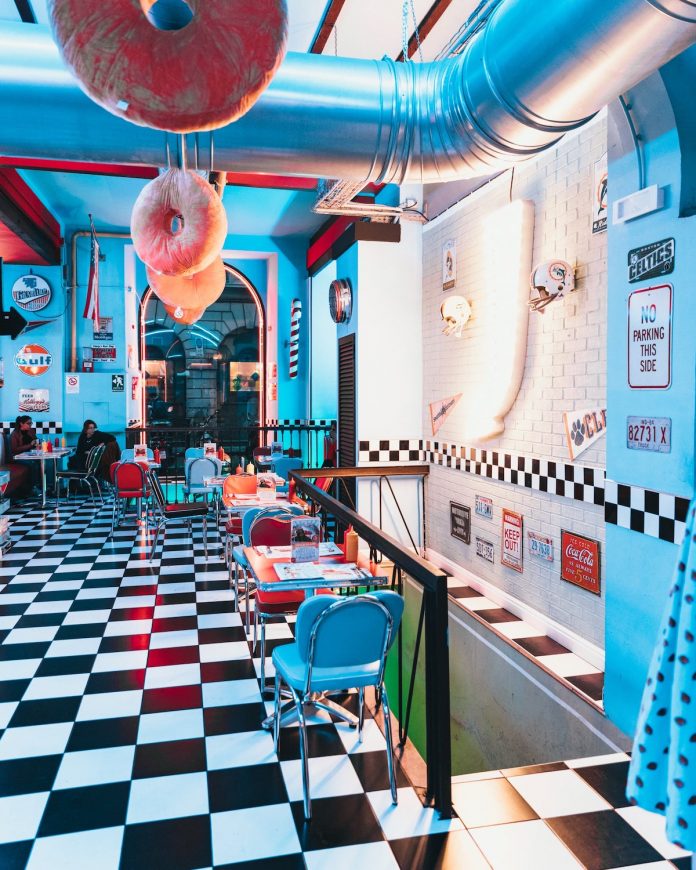Why Restaurant Design Is Crucial for Attracting Diners
Beyond the menu, there is something else that determines whether or not we return to a restaurant: design. That’s right, the interiors of eateries have a significant impact on whether or not we enjoy our meals. Think about it. Being surrounded by a dull and uninspired environment can instantly ruin your appetite. But when a restaurant immerses you in beautiful decor and ambiance, it elevates your dining experience altogether! So, let’s explore why restaurant design is crucial for attracting diners.
First, restaurant design sets the mood for your dining experience. The ambiance can make or break the atmosphere, so it’s important to make sure it reflects the essence of the place and the menu. A rustic-themed restaurant wouldn’t make sense with a futuristic setup, right? People flock to eateries that transport them to another world with the right aesthetics. The colors, lighting, furniture, and decor should complement the style of food being served and create a relaxing atmosphere. When you walk into a rooftop restaurant, the views should be the focus point which means large windows and light interiors. The experience begins when you walk in the door and the first impression counts!

Have you ever walked into a restaurant and immediately felt like you were in the wrong place? Maybe the lighting was too harsh, or the furniture looked like it belonged in a preschool instead of a dining room. Well, my friend, that’s because restaurant design is no joke. Everything from the chairs to the music playing in the background can influence the way you perceive the food and the establishment as a whole. It’s like a first impression but for your taste buds. So the next time you find yourself feeling uneasy in a restaurant, just remember – it’s not you, it’s the decor.
Comfortable seating is just as important as the quality of food being served. People love to linger and enjoy their meals with a glass of wine among friends or alone. The design of the chairs and table legs, the texture and quality of the upholstery, and the arrangement of seating all affect the dining experience. Seating should be comfortable without cramming tables too close together. A well-spaced table lets you dine without feeling like you’re eavesdropping on your neighboring diners.
A well-designed restaurant gives an overall impression of quality. If the place feels like it has had some effort put into its look, people are more likely to assume the food and service will reflect that quality. The design should make the diner feel like they’ve visited a special place that cares about the ambiance just as much as the food and service. A restaurant’s visuals can leave a lasting impression on someone well after they’ve left.
We enjoy surroundings that tip their hats to the local history and culture. When a restaurant pays attention to the details of the surrounding community, it connects with locals and tourists alike. Creating a rustic theme with vintage photographs of the city, showcasing local artwork, using regional ingredients, and symbolizing local customs are all ways to do this. When a restaurant pays attention to its environment, it shows an appreciation for all aspects of the community it serves.
Restaurant design is a secret way of spiking up your social media presence and promotion. People love photographing beautiful spaces and sharing them on social media platforms. Having Instagrammable environments attracts free publicity as people post pictures of the experience. The beautifully designed interiors act as an extension of the restaurant’s marketing reach, with each photo having the potential to go viral. Modern restaurant design can help a restaurant grow its reach through the power of social media amidst a highly competitive market.
Dining is not just about food; and it’s about the whole experience. And if you’re a restaurant owner or designer, you want to create an atmosphere that makes diners feel all warm and fuzzy inside. So, what design elements trigger those positive emotions? First off, lighting is key. A dimly lit room can create a cozy and romantic vibe, while a bright and airy space can feel inviting and fresh. Next up, colors play a big role in setting the mood; warm tones like reds, oranges, and yellows for an intimate and inviting ambiance, while cool hues like blues and greens for a refreshing and calming atmosphere. Finally, textures and patterns can add depth and interest to the design. So, mix and match fabrics, wallpapers, and tableware for a personalized touch. With the right design elements, your diner’s experience will be even more appetizing.
Designing a restaurant with proper ambiance and attention to detail will ultimately be reflected in the business’s reputation and clientele. Creating a comfortable and visually appealing environment adds to the overall experience of your guests and elevates your dining numbers. From setting the mood and creating comfort to leaving a lasting impression and promoting marketing potential, investing in restaurant design has a significant impact on a business’s success. The next time you settle into the perfect booth table, surrounded by warm lighting and organic aesthetics, take a moment to be thankful for the effort involved in creating that perfect setting.






